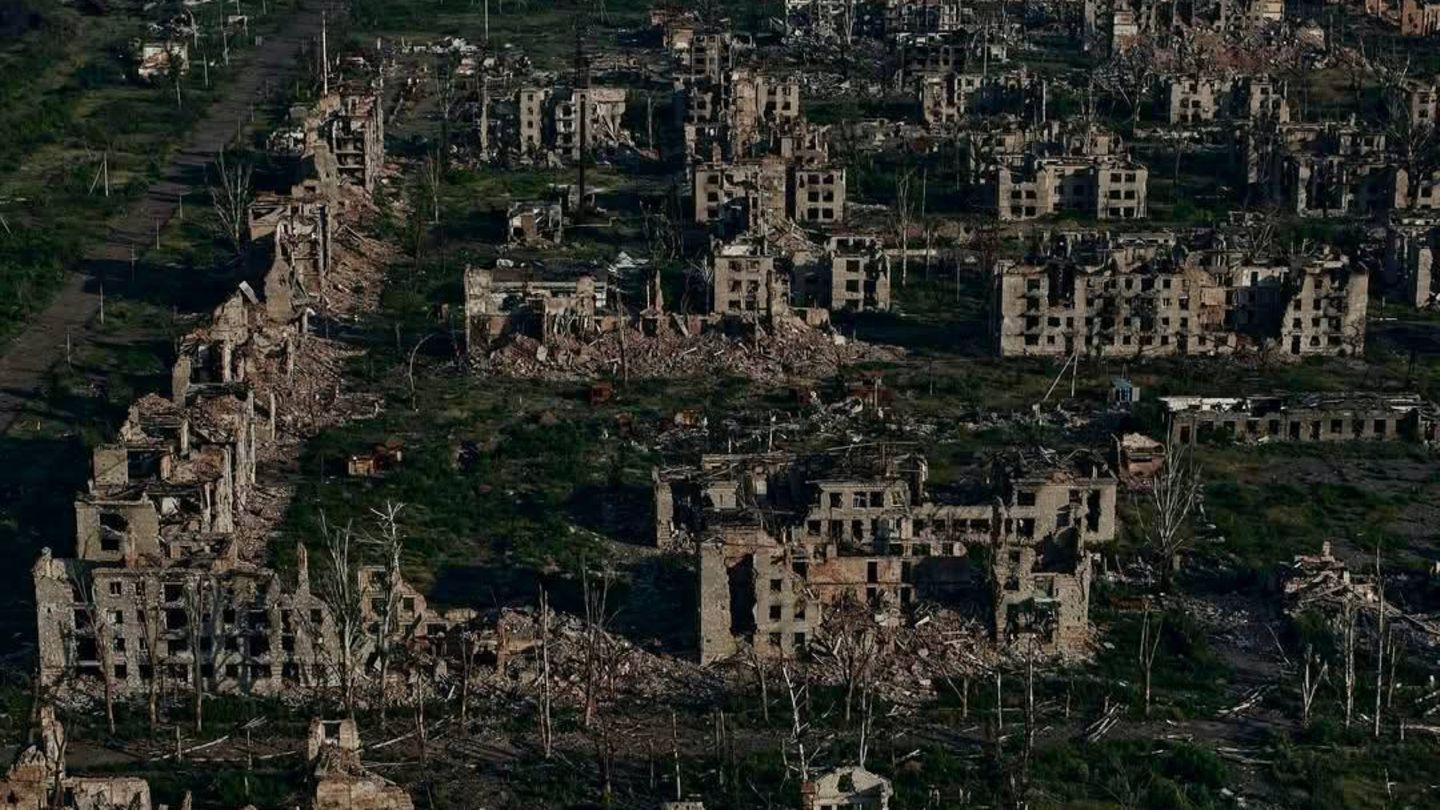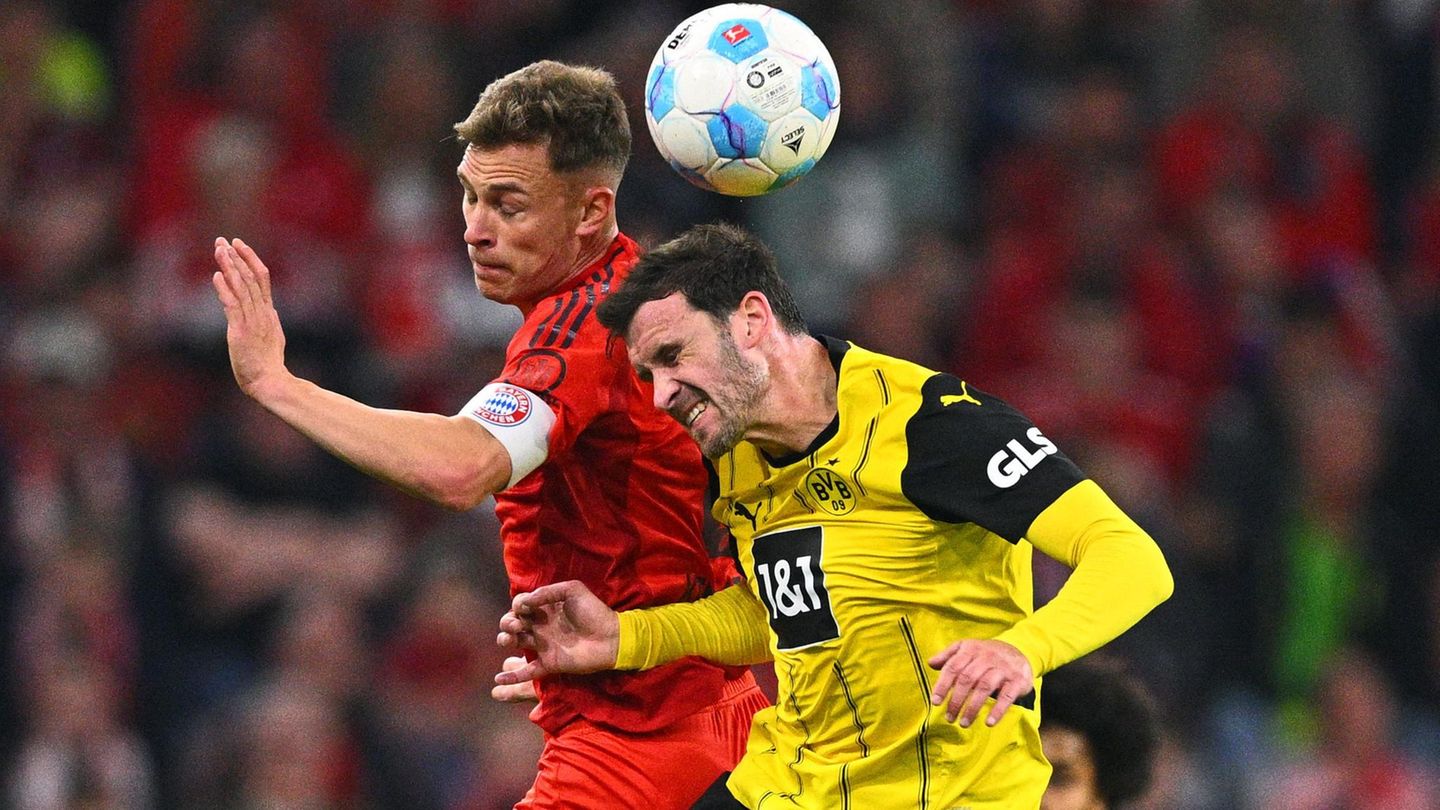War in Ukraine
Mountain fortress Tschassiw Jar – Kostjantyniwka is the next destination of the Russians
Copy the current link
Add to the memorial list
Russia claims to have conquered Tschassiw Jar. The fights lasted over a year. The city served as a “wave breaker” and took a dominant position.
After more than a year of struggle, the Russian Ministry of Defense reports the conquest of Cschaliw Jar in the eastern Ukrainian region of Donetsk, proven by videos that show Russian soldiers with hoisting flags in the western parts of the city. Kyiv denies this and explains that Ukrainian troops continued to keep positions in the city center, but does not provide any evidence. If there are still combat groups there, they are in an extremely precarious situation due to the recent Russian conquests.
Tschasiw Jar is a strategic turntop because it is on a hill and enables control over connection paths to cities such as Kostjantyniwka, Kramatorsk and Slowjansk. Pokrowsk, about 30 kilometers southwest, is also acutely threatened and almost lost. Russian troops have interrupted important care routes such as the Fernstraße M04/E50, and geolocalized recordings show Russian sabotage and reconnaissance teams in the city center. The remaining civilian population in Pokrowsk was largely evacuated. The situation on the Donbass front is further exacerbated for Ukraine. A big breakthrough is unlikely, since the drone war with increased use of reconnaissance and Kamikaze drones makes it difficult to use major maneuvers- nevertheless Ukrainian troops are constantly pushed back.
Tschasiw Jar blocked the Russian advance
The small city of Tschasiw Jar was a cornerstone of the Ukrainian defense. As a “wave crusher”, it lies in front of a chain of cities in Donbass such as Kramatorsk and Slowjansk, which are held by Kiev. It was protected by the Siorskyj-Donez-Donbas Canal and its location on a hill that has dominated the area. For over a year, the fights swayed back and forth, accompanied by massive Russian sliding bombs and artillery attacks, which the city almost completely destroyed.
After the Russians exceeded the channel on both sides of the city and could prepare themselves on the flanks, the city’s case was imminent several times. But the defenders managed to push the Russians back again and again in tough fights and to provide their troops in the remaining city center through an extensive forest area. The fighting has far -reaching consequences for the civilian population: before the war, around 12,500 people lived in Tschassiw Jar; The city is now almost completely depopulated because most of the residents have fled from the bombings.
Kostjantyniwka threatened
With the advance in Cschassiw Jar, the city of Kostjantyniwka, which is further west, is targeted by the Russians. A conquest is not to be expected immediately, since the backwards defends extensive fastenings and smaller settlements on the way there. If the Russians establish themselves at the heights of Tschasiw Jar, they could threaten Kostjantyniwka from several sides with artillery and drones. The Kostjantyniwka settlement conglomerate then becomes the next wave breaker. Russian troops are about seven kilometers away from the foothills of Kostjantyniwka, which means that the city gets into the area of activity of Russian drones and artillery.
Fight for replenishment routes
If the Russians remain true to their current tactics, they will try to conquer Ukrainian bases in front of the city, especially the Mykolajiwka adjacent to Tschasiw Jar. However, their main focus is on the logistical connecting routes of Kostjantyniwka to paralyze the city and access routes through drone attacks on streets and post -drawers.
The situation comes to a head at the entire fighter line in Donbass. In addition to Pokrowsk and Kostjantyniwka, further front sections are threatened. Kyiv strengthens new lines of defense west of the Donbass. Beyond the industrial areas of the Donbass, however, the massive buildings, numerous waterways, dams and underground facilities of the industrial cities are missing, which facilitate defense.
Tactics of infiltration groups
The Russian advance is based on material and personnel superiority as well as the steadfast use of sliding bombs and drones. Russia caught up in the drone war by using educational and Kamikaze drones to monitor and destroy Ukrainian positions. In individual areas, Russian bombs not only destroy fortifications, but also all houses and scales in the hinterland to take Ukrainian drone operators. The use of small infiltration troops also proves to be more successful than large convoys. Ukrainian videos show Russian troops that are surprised by drones, but many of these groups, which advocate their own drones, successfully penetrate. In many places, the Ukrainian front is only thinly filled with infantrymen. If the Russians succeed in eliminating or disturbing Ukrainian drones, there is hardly any means of stopping these small squads.
Source: Stern
I have been working in the news industry for over 6 years, first as a reporter and now as an editor. I have covered politics extensively, and my work has appeared in major newspapers and online news outlets around the world. In addition to my writing, I also contribute regularly to 24 Hours World.





